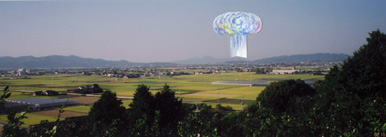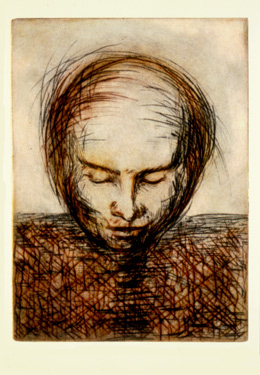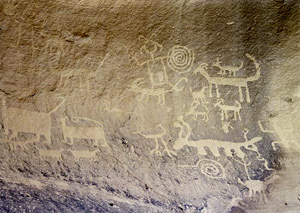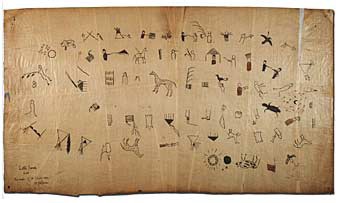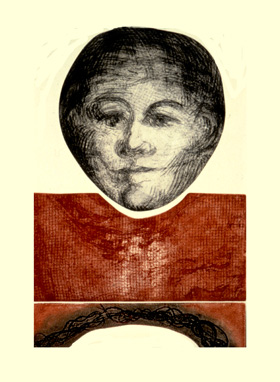Kiki Smith revisited
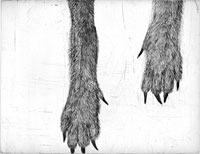
Kiki Smith
Jewel (#2), 2004
etching 14 x 17 inches
(from Barbara Krakow Gallery)
I love Kiki Smith’s work and have mentioned her several times in my blog, most importantly the MOMA video presentation on her printmaking.
Today, thanks to Linden Langdon, I’m admiring more of her works on the website of the Barbara Krakow Gallery.These are mostly prints with some sculpture, drawings and photographs.
Also mentioned by Linden, and by a commenter on my earlier post, is the excellent PBS video series art: 21 featuring numerous artists including Kiki Smith with her very moving sculptures. Enjoy!

